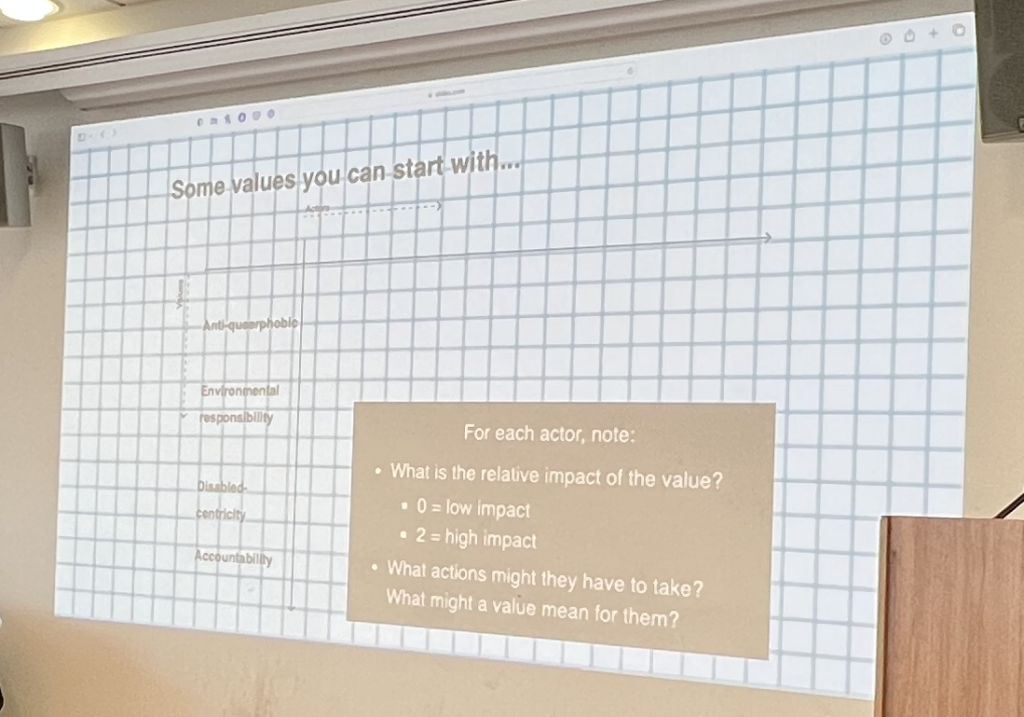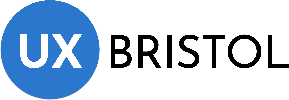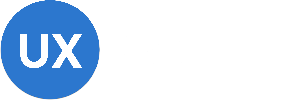Creating an accountability framework for inclusive design
In this workshop, Florence Okoye explore ways of embedding ethical design practice and introduced a a prototype framework for ways of working to be tested and validated by participants in their practice and fed back to the facilitators…
Florence thought this workshop would be useful based on some interesting discussions on how to use ethical/holistic/inclusive design frameworks in a practical way. She took us through a values-by-actors mapping framework. This can be done at any stage in the design process, but for today’s purposes, we are imagining we have done our initial research and you now need to look at the ethical dimensions before continuing on the development journey.
She began with some ideation. Attendees were asked to brainstorm the ethical challenge they encounter. This can be theoretical or technique based, at work or in wider discourse.
Examples included:
- Issues around consent, which is often a box ticking exercise
- Issues around bringing in diverse voices
- Issues around digital exclusion
- Ethical approaches to financial remuneration
- Issues around privacy and GDPR, which can vary in different countries
- Issues around sustainability
- Issues around the use of AI
Next, Florence got us to storyboard one of these scenarios in groups, either from the perspective of a user or part of the internal workflow to make an imaginary product/service happen. Underneath each storyboard step, we listed who would be involved, why and how.
This exercise gave us a sense about who has responsibility for every bit of a thing working, which is often a challenge in an environment that obfuscate responsibilities. This helps us to map values to these different actors – using graph paper to map actors on a horizontal axis and values on a vertical axis and a weighting score (0 = low impact, 2 = high impact). We also explored what the value means for a specific actor, and what might help them to live to this value.
Florence noted that this can be done as a wrap up activity at the end of a project, where it is worth being very honest about the values you actually built to (such as making a profit). If you do it as a more speculative exercise or to stage an intervention, ideals based values is fine. The process is designed to reveal, open up and be honest about what is going on in the systems we are creating.

One examples was a service for dealing with debt – with actors including the the product owner, a peer reviewer, the participant. The group identified values around inclusivity and accessibility, anticipating the intersectionality of some barriers, and empathy and ranked these for each actor. The impact scores were quite similar, but the reasons behind these scores varied for the same value.
Florence concluded by noting that you can bring the results of some of these discussions back into your personas to highlight where different motivations may exist for the same value. You can also create additional service requirements based on the values.
About Florence
Florence Okoye is a UX Designer at the Natural History Museum, interested in all things related to complex systems, modelling, aligning quantitative and qualitative research methodologies and community centred design. With a design ethos rooted in service design and critical speculative design methodology, she is particularly interested in challenges focussed on empowering communities to gain the skills and access needed for creating and maintaining the futures they need, from citizen science to smart cities.



